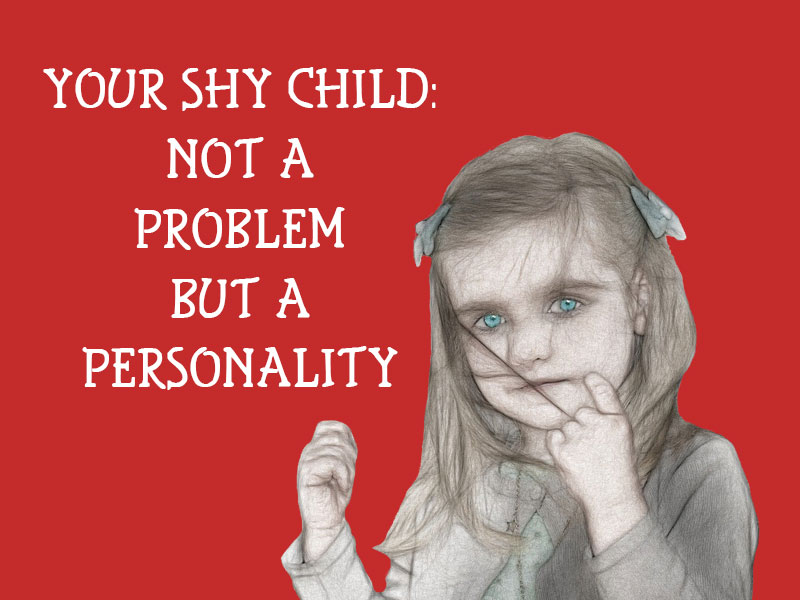The Magic of Clay To Help Your Child Work Through Anxiety

There’s something almost magical about clay. I mean, of course, real clay, not dough! We're looking for the magic of clay, not a safe, "toy" version!
Imagine a nine-year-old boy, hands full of grey clay, carefully moulding and shaping his creation. The more he adds, the bigger and stronger his “monster” becomes. His eyes light up with a sense of accomplishment as he declares, “No one can beat him!” Definitely the magic of clay at work!
I’ve shared before what happened to that monster, but first, let’s talk about something many of us parents might relate to.
How many of us have clay sitting around at home, ready for our kids to dive into? Not many, I’d bet, because:
- It’s messy.
- It needs a clear space to be used properly.
- And let’s face it, kids with clay-covered hands often find their way to our favorite devices, leaving us frustrated and ready to call it quits.
It’s just so tempting to leave the messy stuff to school or simply swap out the clay for play dough, which seems easier to manage.
But here I disagree about that swap.
Play dough, while wonderful, just isn’t the same as clay.
Play dough is bright and colorful, but after a few enthusiastic play sessions, it’s usually mixed into a sad, brown lump that children quickly abandon.
Clay, on the other hand, is already a grey mess from the start! So there’s no pressure to keep it pristine. And in my mind – and that of many child therapists – it’s this very quality that makes clay a powerful tool for a child’s emotional exploration. Grey can more easily be anything! And it's a straight link to earth.
Why is the magic of clay so useful?
I’ve seen that children can work through many of their own problems when given the right opportunities to play them out. You’ve probably heard me say that many times. And it's something I believe all parents can do in a basic fashion to prevent anxieties getting worse.
Obviously, child therapists have training. And by the way, please don't approach anyone who has not had training to work with children and young people. Training with adult clients is not sufficient. But parents can start the helping process with some knowledge of healing play.
So, let’s revisit that boy with his clay monster and see the magic of clay in action.
As he built and shaped his monster, he was working through something important in his mind. His next instruction to me was clear: “Outwit the monster.” So, I tried. And I failed.
No matter what approach I took, the monster was invincible – just as the boy had said it would be.
(Note: I had to be careful there – the boy had said the monster couldn’t be beaten, so that’s the “story” I followed. When you join in your child’s play, you have to take great care not to change the story when they’re clearly working something out themselves!)
But here’s the twist.
After watching me struggle to defeat the monster, the boy suddenly announced that the monster had a weakness – a soft spot at the back where it could be hurt. When I asked him curiously what the monster could do about that, the boy thought carefully. He decided that the monster could stand with its back to the table’s edge so that no one could get around it.
It was a simple solution, but it was all his own. He’d found a way to protect his creation, and in doing so, metaphorically, he’d found a way to cope with whatever was troubling him.
The next week, I heard from his teachers that he’d had a much better week. He hadn’t reacted when others taunted him, and he’d stayed out of the time-out room for the first time in a while. It was clear he’d sorted out something important and come up with a possible solution through his play with clay. That’s the magic!
Get rid of mess – or allow the magic of clay?
As parents, it’s easy to get caught up in bothering about children being messy, especially when it involves materials like clay. I mean, what on earth will visitors think?? The wet mess is bad enough; the dry dust gets everywhere!
But I urge you to consider the incredible potential that lies within those grey lumps. When your child plays with it, they’re not just passing the time; they’re processing their emotions, working through challenges, and building resilience.
So, the next time you’re tempted to avoid the imagined and real possibility of mess, well... sometimes, a little bit of chaos can lead to big breakthroughs. Like removing some mental mess!
So let your child create, destroy and rebuild, whether that involves monsters, heroes or everything in between. Even plates of clay food have a role, according to what I’ve witnessed in the therapy room and at home with three children.
And when your child does use clay, watch closely – you might just see them solving problems you never even knew they had.
Because sometimes, all it takes is a handful of clay to help a child overcome their fears and anxieties one small scrunch at a time! Give it a go?
Which clay is good for children?

Both Glowhouse and Scola do a well-priced, long-lasting 12.5kg bag of reinforced clay. These are both perfect for the use we want them for. You need air-drying varieties unless your family has a kiln!!
The reinforcement aspect means the model is less fragile! It can be painted with "school" paints or any others.
It is also much cheaper to buy clay in bulk (put back unused wet lumps only and seal the bag well between uses). It's best to avoid the very expensive small packets in art shops. Look online for suppliers of bulk buys.


